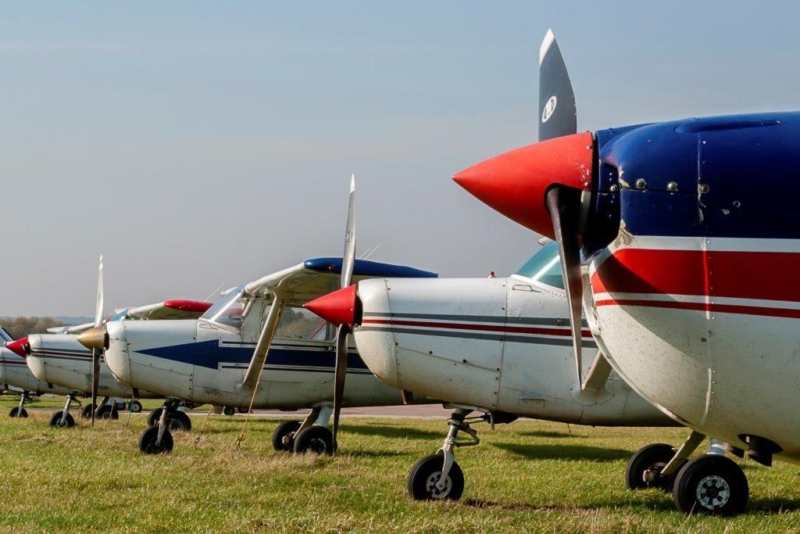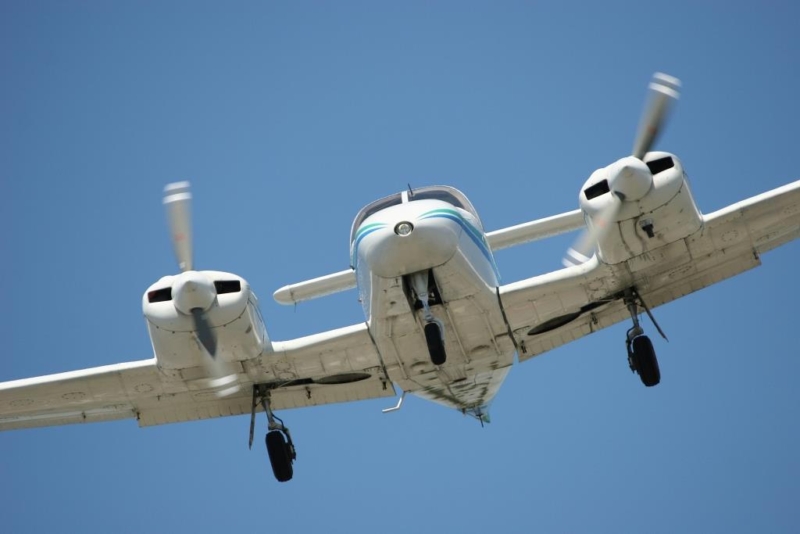Listening Squawk, Monitor Code or Frequency Monitor Code? Here’s the lowdown on how and when to use them…
7 July 2017Frequency Monitor Codes (FMCs) have now been in use in the UK for over 10 years and they’ve collected a range of names during that time such as Listening Squawks and Monitor Codes but they are all actually referring to the same thing.
Pilots are encouraged to use a FMC when they are flying outside controlled airspace, but close to controlled airspace boundaries, in order to increase situational awareness and help to combat infringements.
Once selected by the pilot, the four-digit transponder code will be displayed on the air traffic controller’s radar display, implying the aircraft is monitoring the published frequency for that area. The pilot can then hear transmissions on that frequency helping them to build a picture of the environment that they are operating within. There is no requirement for the pilot to contact the controller when the FMC is selected, however, it is important that pilots revert to the conspicuity code (7000) when leaving the area and changing frequency.
Specific codes are published for individual units and frequencies to ensure there is no risk that a code can be confused between adjacent units. While the recommended distance for using a FMC is within 10NM of the airspace boundary, it can be used further out, although it is likely another ATC unit can provide a service or an alternative FMC is available. Advisory regions are currently being developed for each FMC to help pilots further.

A FMC can reduce pilot workload, allowing the pilot to concentrate on the ‘aviate and navigate’ task. It also provides reassurance to the pilot that a call to the local ATC unit can be made immediately in the event of an emergency.
In the event of a pilot becoming close to or likely to infringe controlled airspace the code permits the controller to conduct a ‘blind transmission’ with the knowledge that the pilot is ‘listening-out’ on the frequency. In addition, aircraft equipped with an enhanced mode S transponder permit the controller to use the call-sign in the blind transmission, leading to a much quicker resolution.
Should an infringement happen, the unknown aircraft becomes a known aircraft. This can prevent disruption and delays to other aircraft in the area as controllers are able to talk to the pilot and now know the aircraft’s intentions, so won’t need to place a precautionary ‘buffer’ around it.
Flying instructors also benefit from using the FMC as they allow them to concentrate on their teaching task by reducing their workload. It also helps students learn ATC phraseology and ‘patter’ by gaining experience from listening to other pilots and ATC on the radio before making their first nervous transmission.
The use of a FMC does not replace contacting the local ATC unit for a service when required and appropriate, but it is a good alternative.
For more information:
Listening Squawk cards, which also show the LARS (Lower Airspace Radar Service) areas, are produced regularly and can be found on the ‘Downloads’ section of the Airspace Safety website
Comments
Please respect our commenting policy and guidelines when posting on this website.


